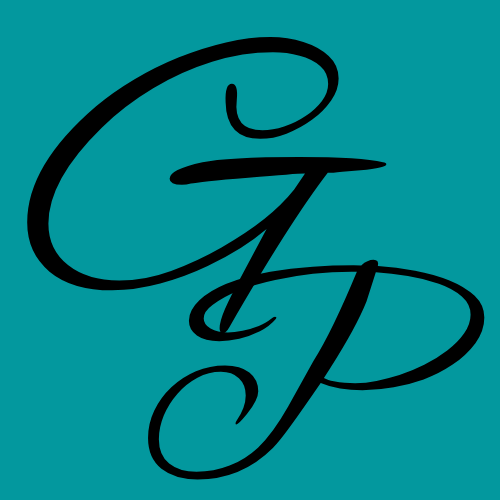The Origin of the
Gender Personal Project
When my son Finnbar first came out as transgender I was baffled and shocked, to say the least. Until this time I had taken birth-given gender for granted, but now I was forced to make a difficult choice: to understand that my child was not the girl I thought he was or risk losing my relationship with him. I chose the former.
I began going after information. I read. I talked with Finnbar and with many other people who are gender non-conforming. I went to PFLAG and Ingersoll meetings. I got support from Aidan Key at Gender Diversity / Gender Odyssey. I stumbled around in my ignorance about how to understand and support my son.
Personal
Discoveries
I discovered a profound and pervasive misunderstanding about the meaning of gender identity and gender expression, which concerned me deeply. Not long ago the binary terms “male” and “female,” and “man” and “woman” were used interchangeably to indicate “sex” roles.
The word “gender” was rarely heard in casual conversion. Such customs locked the understanding of gender into a concept of two fixed boundaries, never to be crossed. Gendered language is changing as it becomes clear that “man” and “woman” describe social roles, “male” and “female” relate to biological roles, and the concept of “gender” rides on a spectrum of complex and even seemingly contradictory identities which can’t be distilled merely to appearance and behavior.
Feeling wary of the misunderstanding and strong emotions that most people experience about gender expression and gender identity throughout the world, I wanted to do whatever I could to help to shed some light on these issues. People who are gender non-conforming are at much higher risk for abuse, ranging from lack of understanding or support to active aggression and violence. Gender variant individuals are also at higher risk for depression and suicide. See the National Transgender Discrimination Survey on our Resources page for more information about this.
A Project Materializes
The more I talked with gender nonconforming people, the more I realized that what they were sharing shouldn’t stop with me. I wanted to be an active part of sharing their stories.
I decided to formalize what I was doing by standardizing my interviews. As an artist, I wanted to bring myself into the project not only by doing the interviews, but by making paintings both in response to what these people were saying to me and to celebrate who they are. Beyond that, I decided that even though my writing experience was limited, I would write poems for each of the people I interviewed.
And the Gender Personal project was born.
A Note, and a Request
It’s my hope that you will read the transcripts of the interviews in a thoughtful way, and I encourage you to think about their implications for you personally, not simply as a spectator. My hope for all of us is that what the interviewees have shared will help to normalize how we view people, wherever we and they are on the gender spectrum, and that we’ll begin to understand, accept, and value the infinite range of gender expression.
I believe we’ve been taught that we should not admit it when we don’t understand something, and because of this we may pretend to understand when we don’t or — even worse — we may condemn something without understanding it. But it’s okay to be ignorant. We all are in many ways. Gender is a very primal issue, and questioning our unconscious and integrated beliefs about it can bring up a lot of emotions. When we’re not aware of this, we can act in ways that are harmful to ourselves and others. In reply to my interview question, “How do you wish people would respond to you?” Finnbar said “I suppose a gentle curiosity would be nice.”
Imagine having “gentle curiosity” toward things that are new to us. The gentle curiosity can also be toward ourselves and our personal exploration. It’s a challenge to be a human being a lot of the time. I wish us all gentle curiosity, respect, and kindness.
Gratitude
My greatest appreciation is to my son Finnbar who has kept his love and sense of humor as we have waded through the process of being human together. Thank you also to my husband Bill and my daughter Sarah for their emotional support and their immense help with this project. Thanks to all the people I interviewed, who shared their personal journeys with me, and to Marc Hoffman and Heather Chamberlain, the Gender Personal Steering Committee. I couldn’t have done this without you.
Thanks to Kirkland Arts Center (especially Anna Braden and Pamela Kirk) and Gender Odyssey for hosting the GP Project. A special thanks to Aidan Key, Director of Gender Diversity and Founder of Gender Odyssey. Aidan has been a guide to me and continues to be a dear friend.
1 Cisgender (from Wikipedia): (often abbreviated to simply cis) is a term for people whose gender identity matches the sex that they were assigned at birth.
Misguided Reactions
At first I was hopeful that he was just going through a
phase and would revert back to the girl I thought he was.
I said things that were extremely hard for him, including comparing being transgender to being sick, asking him
why he couldn’t just be a “butch woman,” and asking him repeatedly if he was sure he was male.
In retrospect, it is amazing to me that he was able to maintain patience as he worked so hard to understand his own gender identity and deal with a world that is, in general, far from supportive. Throughout, Finnbar has maintained that this is not an “Us and Them” issue (cis1 versus
trans-gender individuals).
by Jacqui Beck
